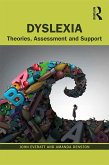
23,95 €
Sofort per Download lieferbar
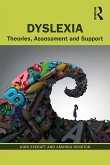
Broschiertes Buch
Theories, Assessment and Support
11. November 2019
Taylor & Francis Ltd
| eBook, PDF | 23,95 € |
23,95 €
Sofort per Download lieferbar
Ähnliche Artikel
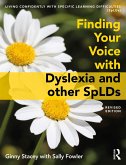
eBook, ePUB
15. November 2021
Taylor & Francis eBooks
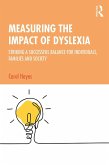
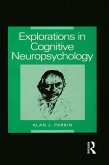
eBook, ePUB
23. März 2016
Taylor & Francis eBooks
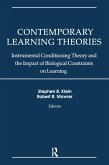
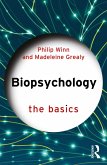
21,95 €
Sofort per Download lieferbar
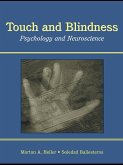
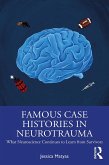
27,95 €
Sofort per Download lieferbar
eBook, ePUB
8. September 2020
Taylor & Francis eBooks
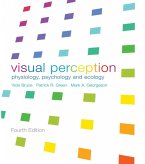
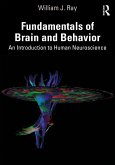
Ähnlichkeitssuche: Fact®Finder von OMIKRON
